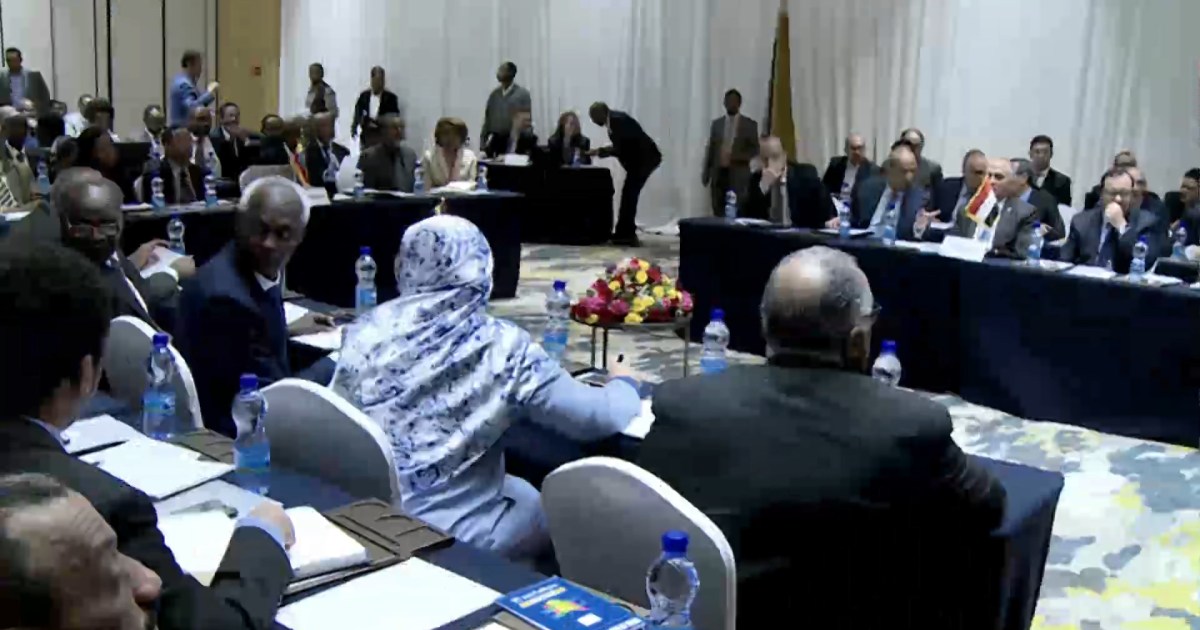The Sudanese Ministry of Irrigation said that differences emerged during the negotiations of the Renaissance Dam on Tuesday between Egypt, Sudan and Ethiopia, explaining that the differences related to the interpretation of procedures for merging agreements.
The ministry added in a statement that the three countries will work to merge the proposals submitted by each country into a single joint proposal for the agreement to be delivered to the President of the African Union on the 28th of this month.
For its part, the Egyptian Ministry of Irrigation said that today's negotiations discussed the procedural aspects, and that the three countries exchanged proposals regarding an agreement to fill and operate the Renaissance Dam.
Standard draft
On Tuesday, a new video-conference session was held between the three countries, based on the outcomes of the session held last Sunday.
The Egyptian, Sudanese and Ethiopian irrigation ministers agreed to select experts, in an attempt to dispel differences over this project.
The director of the Al-Jazeera office in Addis Ababa, Mohamed Taha Tawakkol, stated that each country submitted its own draft at the end of last July, within the framework of the efforts sponsored by the African Union, but it was then agreed to submit a unified draft.
He pointed out that the consolidated draft would cover several issues, among them the disagreement regarding the interpretation of the reference in the Tripartite Declaration of Principles signed in 2015, as Addis Ababa believes that the heads of the three countries represent the reference, while Egypt and Sudan see that international arbitration should also be adopted as a mechanism for settling disputes, and it is assumed that The draft also covers issues of filling and operating the dam.
And the three countries decided to continue negotiations today, Wednesday, despite the gap that still exists between their projects.
Constant negotiations
Since 2011, the three countries have been negotiating to reach an agreement on filling and operating the dam, but despite these years, they have failed to do so.
Ethiopia believes that the dam is necessary to achieve economic development, while Egypt considers it a vital threat to it, as the Nile River is a source of more than 95% of the country's irrigation and drinking water.
Despite the objections of Egypt and Sudan, Ethiopia announced on July 21 that it had completed the first phase of filling the reservoir, amounting to 4.9 billion cubic meters, which allows testing the first two turbines in the dam.

